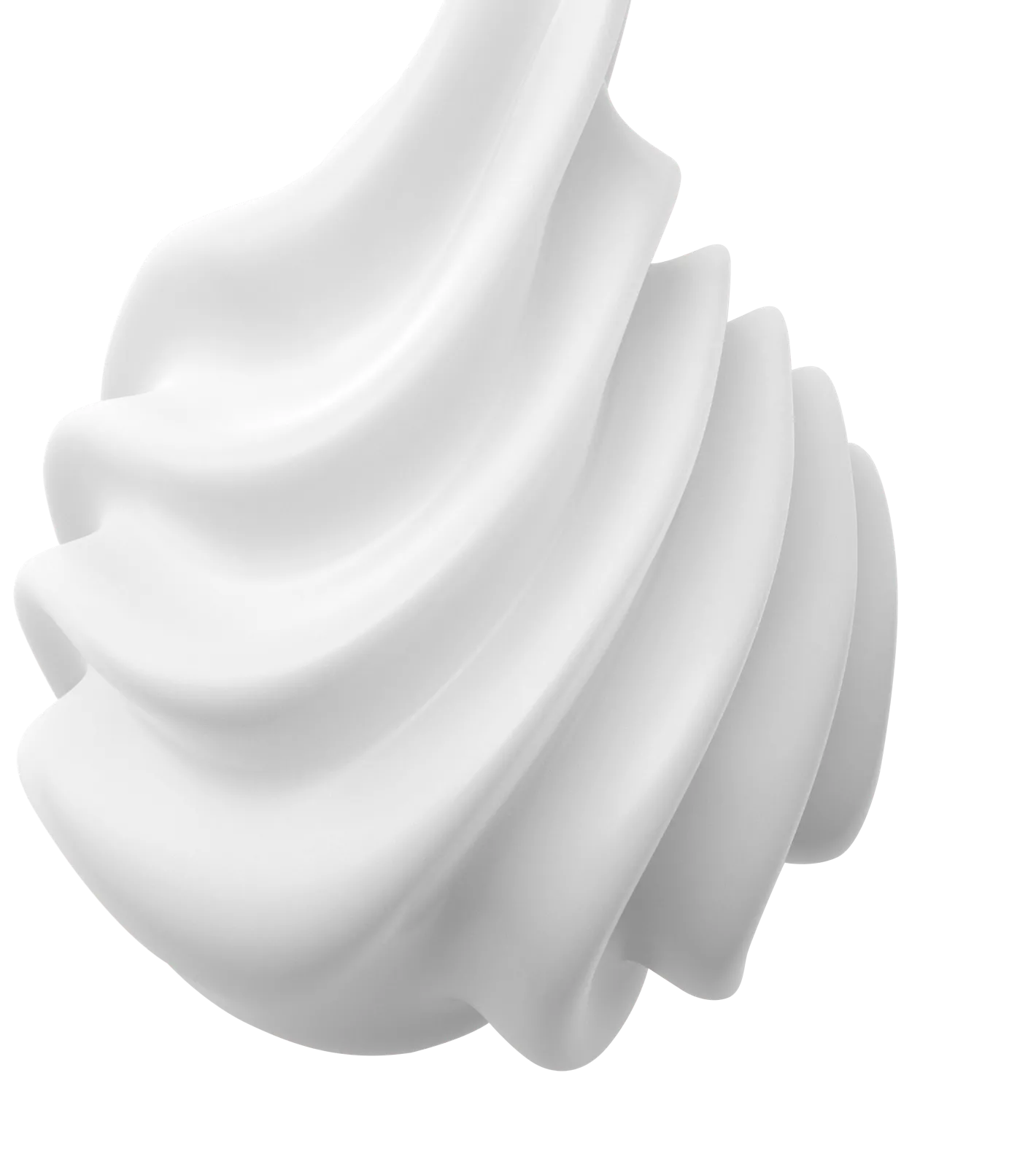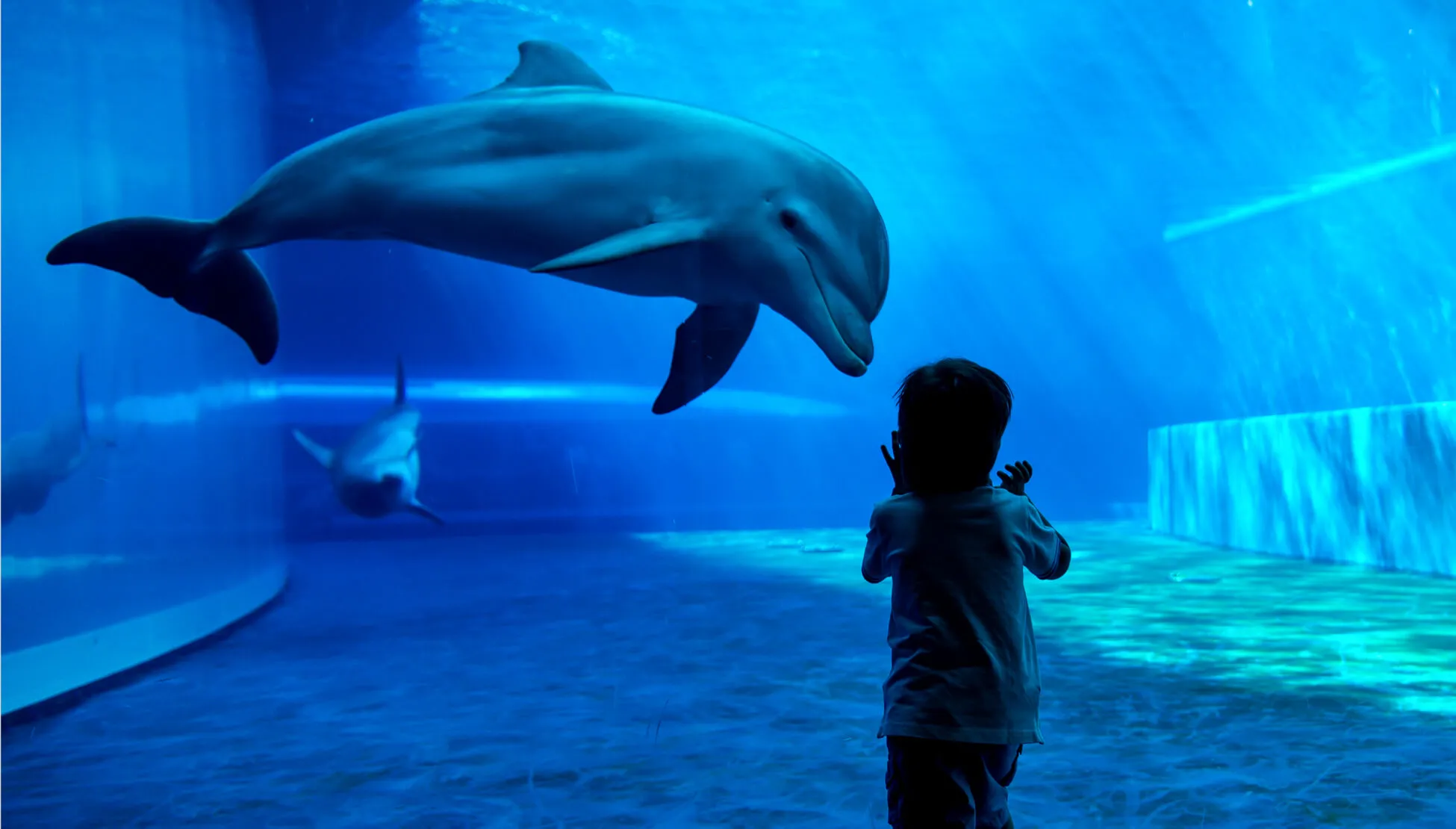Encircle brings harmony to imaging
Encircle is a cross-platform imaging toolkit that affords a natural user interface for 3D image visualization, 3D reconstruction, arbitrary slicing, and much more.
Encircle reduces the complexity of connecting user interface (UI) elements to complex data structures and algorithms.
Measuring the complexity of a user interface is challenging. Tangible metrics such as lines of code and required level of understanding are both reduced using the Encircle platform. However, it is the intangible issues that contribute to complexity in difficult to measure ways. Consider these questions in regard to your current platform of choice and how they contribute to your everyday workload:
- How do you position widgets in a UI layout?
- How is the UI context (i.e., a list box selection state) accessed by application data structures and algorithms?
- How do widgets get their data?
- What percentage of your time is spent on (re-)wiring UI elements to data structures compared to high-value time spent on data structure and algorithm development?
Furthermore, consider how each of these issues affect late-stage UI design changes. Typically, these issues result in several hours/days of work for minor UI changes, such as moving a button or changing the window hierarchy.







